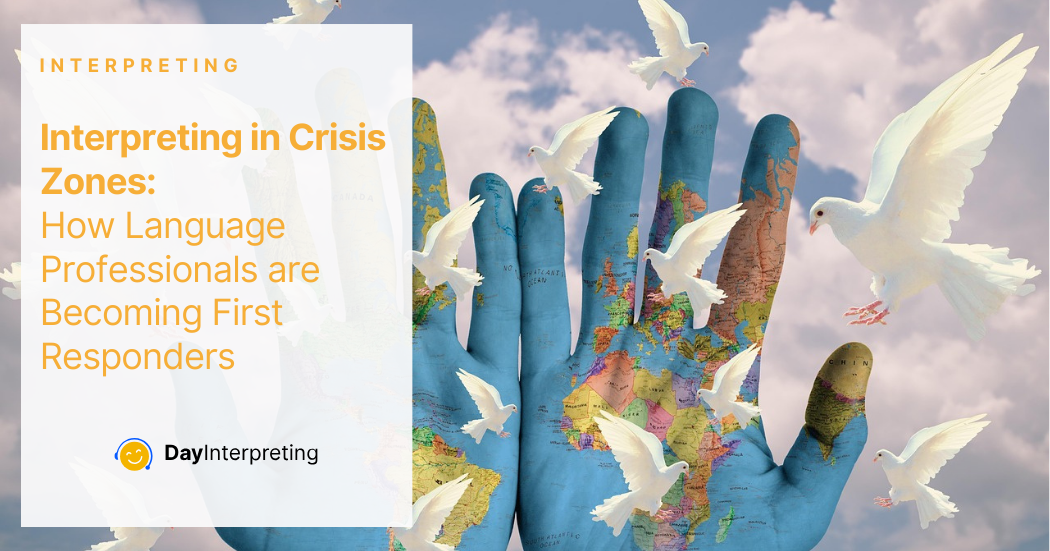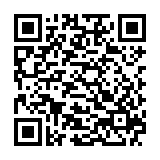When most people think of interpreting, they picture conference booths, legal hearings, or business meetings. But in 2025, interpreters are increasingly stepping into a very different role, acting as linguistic first responders while interpreting in crisis zones. Whether during natural disasters, humanitarian aid efforts, or emergency evacuations, interpreters are becoming vital links between those in need and those trying to help.
The Rise of Interpreting in Crisis Zones
Over the past year, the world has seen an increase in extreme weather events, refugee movements, and cross-border emergencies. This has placed interpreters on the front lines in unprecedented ways. When aid organizations arrive in areas where the local language is unfamiliar, communication barriers can delay life-saving action.
In these moments, interpreters are more than translators, they are information lifelines.
Where Crisis Interpreters Work
Crisis interpreters can be found:
- In evacuation centers, helping displaced families navigate emergency services
- At border checkpoints, where they ensure asylum seekers understand their rights and options
- In medical triage areas, interpreting symptoms and treatments
- In coordination hubs, translating between local authorities and international relief teams
Skills Beyond Language
Cultural Mediation Under Pressure
Crisis interpreting isn’t just about linguistic accuracy, it’s about cultural precision. In a disaster, even small misunderstandings can cause panic or distrust. Interpreters must quickly explain cultural norms to foreign responders and help reassure communities under stress.
Emotional Resilience
The work can be emotionally taxing. Interpreters often hear traumatic stories firsthand, witness distressing scenes, and manage high-stakes conversations. Many undergo specialized training in trauma-informed communication to navigate these challenges without compromising their mental health.
Training and Preparation
While many interpreters enter crisis work through NGOs, there’s now a growing movement to formalize crisis interpreting certification. Programs often include:
- Rapid terminology acquisition for emergency medicine, disaster relief, and security
- Stress management techniques
- Role-playing high-pressure scenarios
- Protocols for maintaining neutrality in politically sensitive environments
Organizations like the International Federation of Translators (FIT) and the Red Cross are beginning to collaborate on more structured training pipelines.
The Risks and Rewards of Interpreting in Crisis Zones
Challenges on the Ground
Crisis interpreters face unpredictable conditions—unreliable communication channels, security risks, and lack of rest. Many work in temporary setups with minimal equipment, relying on adaptability and improvisation.
Why They Do It
For most, the motivation is simple: the work saves lives. A correctly interpreted sentence can mean a family gets shelter, a patient receives the right medicine, or an aid shipment reaches the right location.
What This Means for the Interpreting Industry
Crisis interpreting highlights a side of the profession that rarely makes headlines but has immense social value. It’s not glamorous, and it’s not about flawless diction in a polished conference hall, it’s about clear, compassionate communication under pressure.
For language service providers, this growing field offers both a challenge and an opportunity:
- Agencies can partner with relief organizations to offer vetted crisis-trained interpreters.
- Interpreters can expand their skillets into humanitarian domains, broadening both their impact and employability.
Ultimately, crisis interpreting reinforces a core truth about the profession: interpreting is not just about words, it’s about connection, trust, and understanding when it matters most.





0 Comments